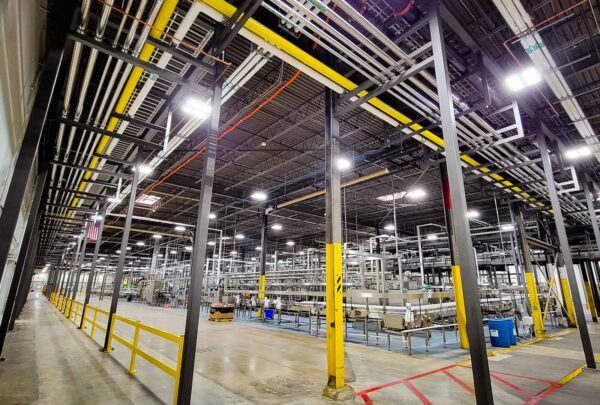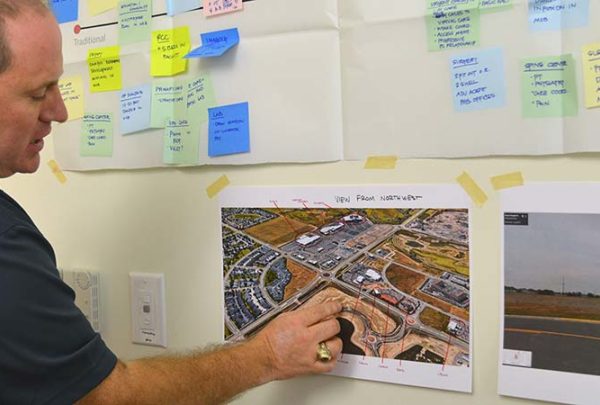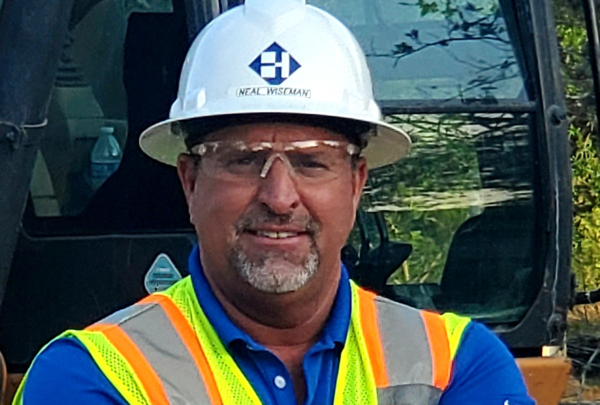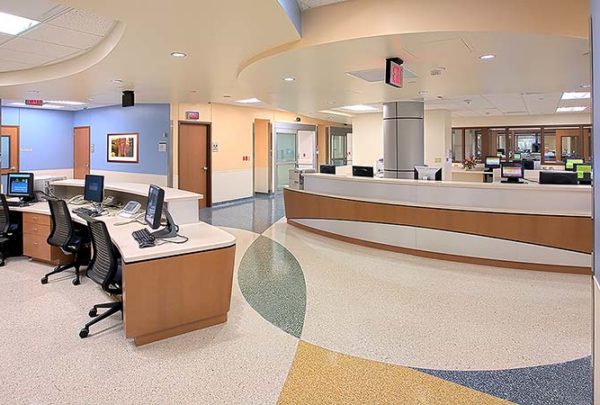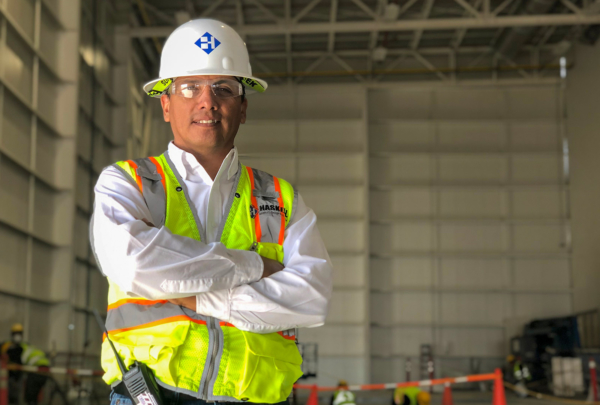Success as a healthcare organization relies heavily on the capability to provide quality care to patients. Like any other business sector, participants within the industry must continually improve to meet market demands. In medicine, new treatment options commonly create the gateway to improved patient care and profitability.
Yet simply purchasing new equipment does not guarantee a sustainable business model. Management must confront four key factors when considering investment in medical technology to improve patient care:
- Efficacy – The technology must be an effective treatment. Does the treatment produce relief to severe symptoms? Does it actually result in a cure?
- Target Patient Population – Enough need must exist within the target area. The best technology needs patients to be cost effective.
- Advancing Technology – Newer treatments with more effective results could quickly make current technology obsolete.
- Cost of Production – Implementing new technology will require investment of resources.
The window of opportunity offered by new medical technology can close quickly. Improvements in any of the four areas listed above potentially widens that window—or at least slows the pace of diminishing return.
Likewise, the new era of heightened accountability for clinical care providers will drive expectations for healthcare project partners. In order to capitalize on new markets, healthcare organizations will require a capital projects partner who can reliably overcome technical challenges, deliver a facility on-time and control construction costs.
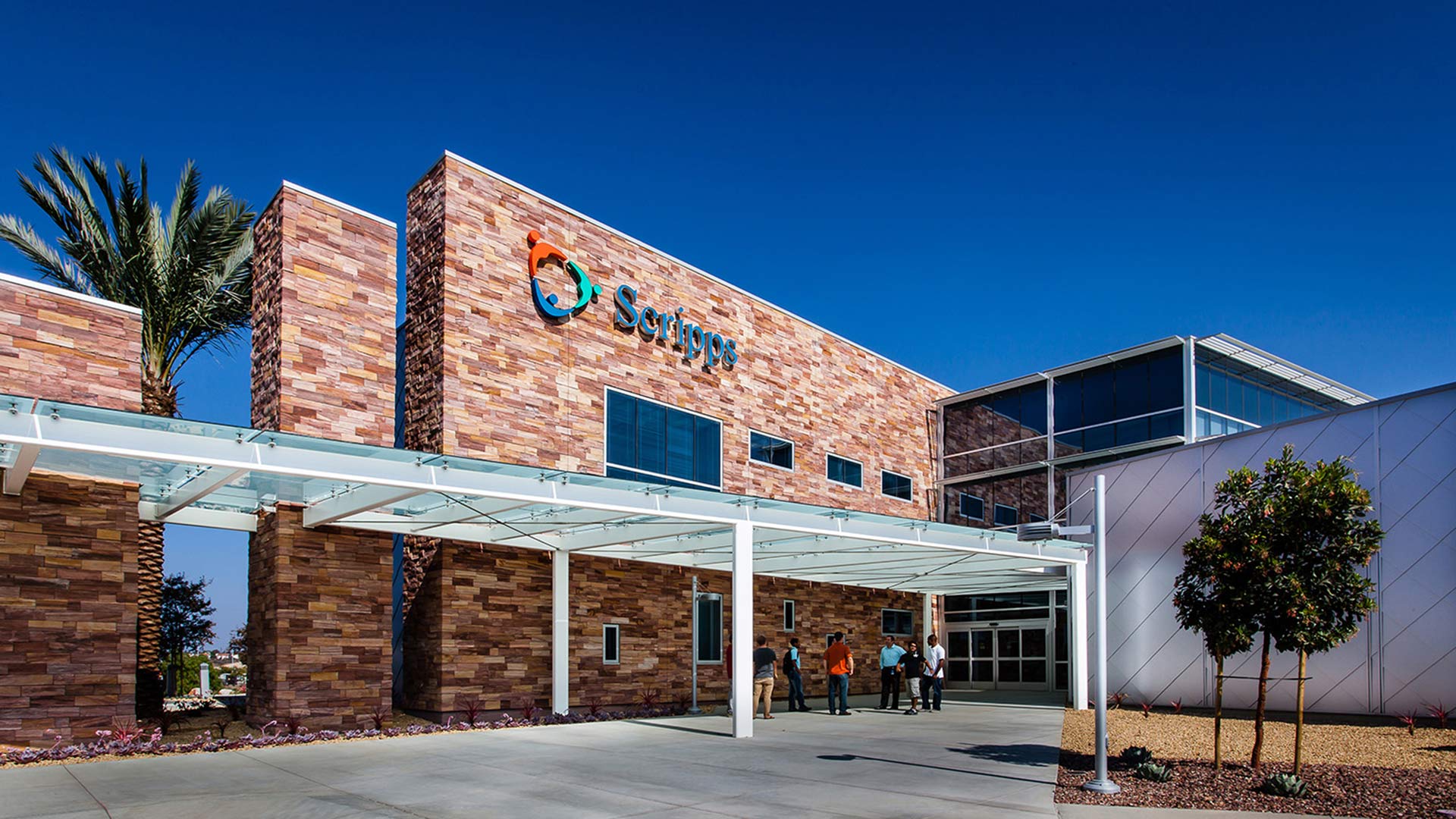
The Scripps Proton Therapy Center involved precise implementation of technology in a clinical care environment. View the project details »
Healthcare organizations will seek design and construction partners equally dedicated to their organization's overall business goals. Project delays, design conflicts and cost overruns will be unacceptable. Consultants will need to provide an innovative role in assisting organizations with controlling cost of production.
Moving forward, the healthcare capital project team will need to be a trustworthy group willing to shoulder the load of risk avoidance. Architects, engineers and contractors not willing to accept a full commitment to accountability will find themselves a non-factor in the emerging healthcare construction industry.
For more information, contact Haskell Division Leader – Healthcare Construction, Mark Allnutt.


